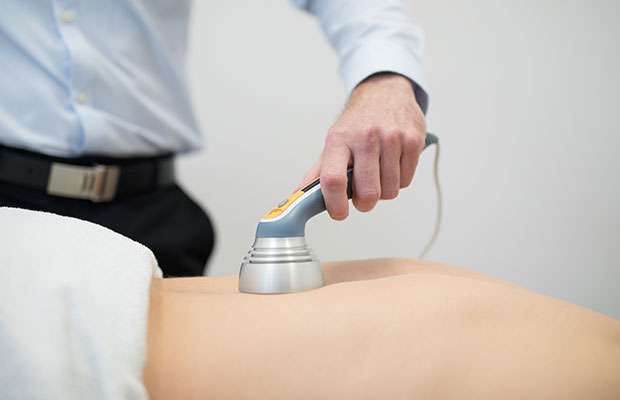Cold laser therapy is a low-intensity laser therapy that stimulates healing in the body using low light levels. https://georgetownsuncryo.com/
[current_date]

The procedure is called “cold†laser therapy because the light levels are not designed to heat your body’s tissue. As a result, the light is produced at low levels compared to other forms of laser therapy, for example, those used to coagulate tissues and destroy tumors.
Aesthetic and surgical lasers heat the tissue that is being treated. On the other hand, the cold laser does not.
Cold therapy is also known by other names such as:
- Photobiomodulation
- Soft laser biostimulation
- Low-power laser therapy
- Low-level laser therapy
How does it work?
Low-level light of different wavelengths and outputs is applied to a targeted area during cold laser therapy. The body tissue absorbs the light. Red and near-infrared light causes a reaction, triggering a physiological reaction from the damaged cells that promote regeneration.
Superficial tissue is treated with lights of wavelengths 600 to 700 nanometers. Then, lights of wavelengths 780 to 950 nanometers are used for deeper penetration.
Cold laser therapy is painless and noninvasive. The only thing you’ll feel will be the laser device touching your skin. There is no sound, nor heat, no vibration. Each treatment lasts only a few minutes.
What is the history of cold laser therapy, and what does the science say about it?
The first study on cold laser therapy approved by the FDA was on carpal tunnel syndrome. The study was conducted in 2002. Subjects involved in the study were General Motors workers who suffered from carpal tunnel syndrome.
A laser of 830-nanometer strength was used during the study. The FDA later approved lower-level lasers for other conditions, including muscle and joint pain and wound therapy.
The FDA has also approved specific cold-laser devices for the relief of the following conditions:
- Joint and muscle pain
- Stiffness associated with arthritis
- Lower back pain
- Neck pain
- Pain due to muscle spasms
- Pain in the wrist and hands associated with Carpal Tunnel Syndrome
- Wound healing
Is cold laser therapy for you?
The use of cold laser therapy is advancing as an alternative or complementary therapy. Its use is also growing o traditional medical practice. It has been approved by the United States Food and Drug Administration (FDA) for several conditions.
Cold laser therapy is safe when done under the supervision of a qualified practitioner. Another advantage is its noninvasive and painless nature. Cold laser therapy does not require medication or preparation either.
However, it is essential to note that cold laser therapy should not be used on cancerous lesions or carcinomas. It should also not be used on the eyes or the thyroid. In addition, pregnant women are advised to avoid cold laser therapy since its effect on unborn children is unknown.
What’s the takeaway for those interested in cold laser therapy?
Studies into the safety and effectiveness of cold laser therapy are ongoing. However, this therapy’s proponents believe it can be an effective alternative for people seeking noninvasive treatments.
If you’d like to undergo cold laser therapy, consult a medical doctor, upper cervical chiropractor, or physical therapist to find out if the procedure is ok for you.
Disclaimer:
Dr. Berner does not diagnose, treat, or prevent any medical diseases or conditions; instead, he analyzes and corrects the structure of his patients with Foundational Corrections to improve their overall quality of life. He works with their physicians, who regulate their medications. This blog post is not designed to provide medical advice, professional diagnosis, opinion, treatment, or services to you or any other individual. The information provided in this post or through linkages to other sites is not a substitute for medical or professional care. You should not use the information in place of a visit, consultation, or the advice of your physician or another healthcare provider. Foundation Chiropractic and Dr. Brett Berner are not liable or responsible for any advice, the course of treatment, diagnosis, or any other information, services, or product you obtain through this article or others.
References
Avci, P., Gupta, A., Sadasivam, M., Vecchio, D., Pam, Z., Pam, N., & Hamblin, M. R. (2013). Low-level laser (light) therapy (LLLT) in skin: stimulating, healing, restoring. Seminars in cutaneous medicine and surgery, 32(1), 41–52.
